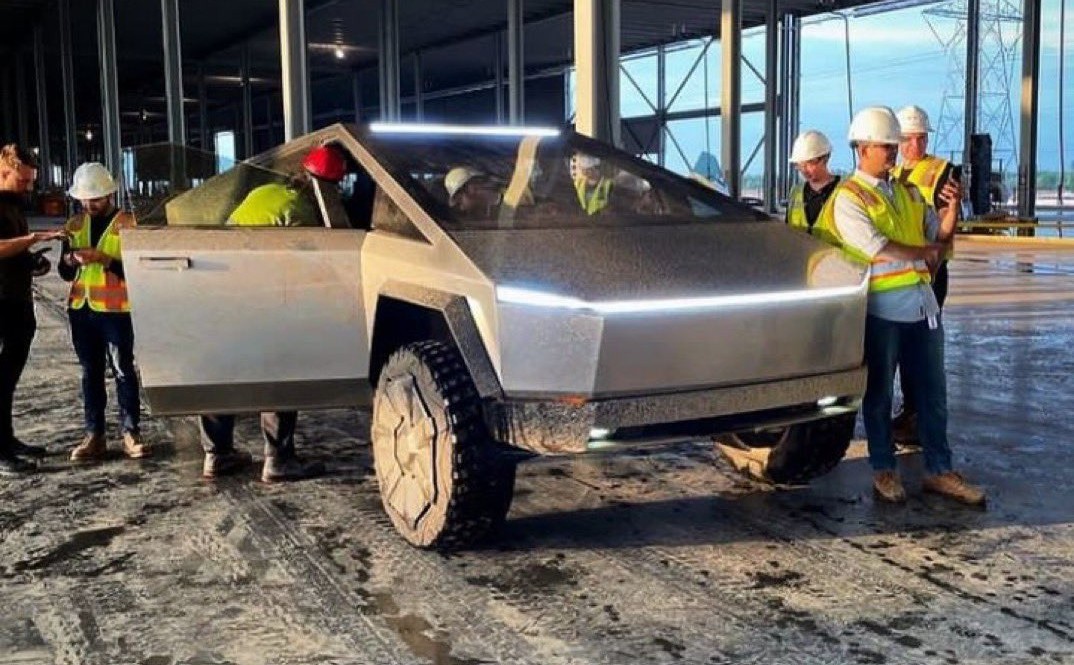
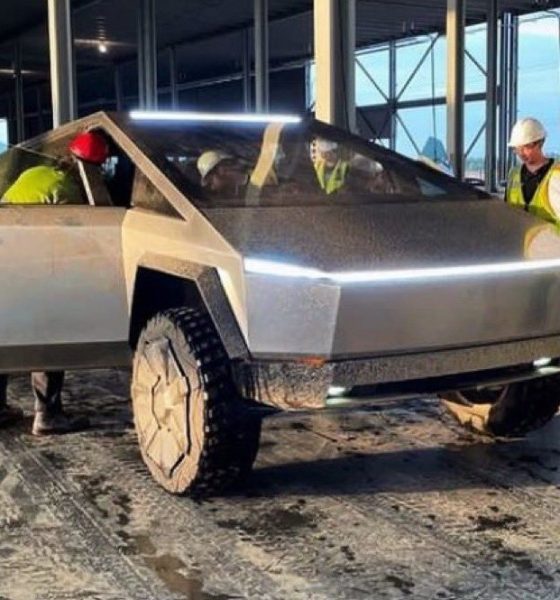
News
The Tesla Cybertruck’s looks are not as big of a deal as critics think
Just recently, Elon Musk acknowledged on Twitter that the Tesla Cybertruck might be a flop simply because it is so unlike anything else on the market. This has resulted in numerous Tesla skeptics predicting that the all-electric pickup truck’s design is so out there that the vehicle would be the company’s first true failure. Such sentiments, however, may be overblown, as the Cybertruck’s looks may not be as big of a deal as critics think.
Numbers Don’t Lie, and Specs Matter
The Cybertruck is a pickup truck, even if it does not look like a traditional truck. This means that it is designed to be capable enough to handle tasks that are typically expected of pickups. This is the reason why the Cybertruck has a large 6.5-foot bed, 100 cubic feet of exterior lockable storage, up to 3,500 lbs of payload capacity, and a towing capacity of up to 14,000 pounds. These matter, especially among buyers who actually use their pickup trucks for work.
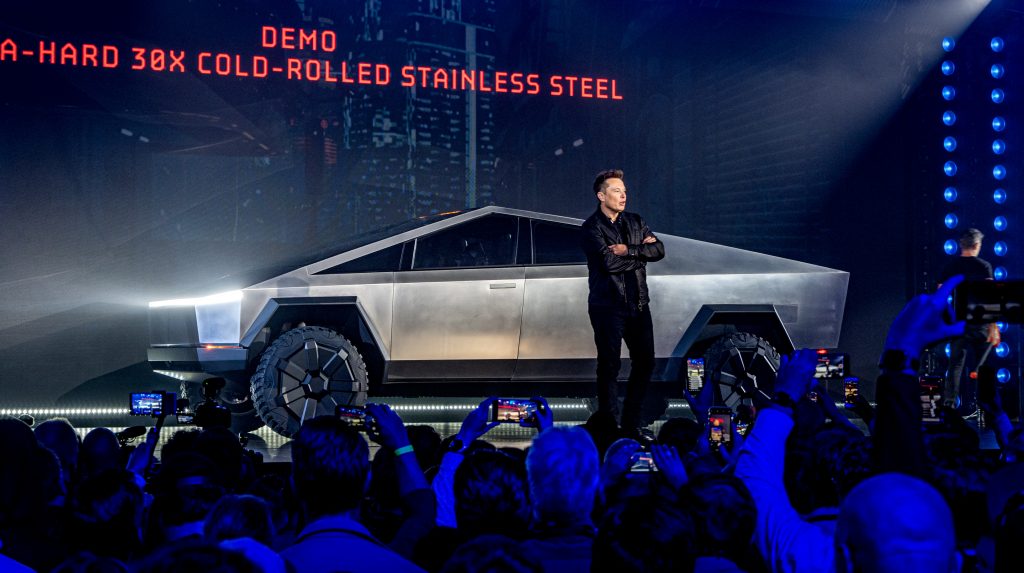
These specs are pretty hard to beat. Even the Ford F-150 Lightning, which seems to be on track to become one of the most popular all-electric pickup trucks in the market, does not match up to the Cybertruck’s specs. Even if rumors are true and the Ford F-150 Lightning really has a range above 400 miles per charge, the Cybertruck’s tri-motor variant is listed with a range of over 500 miles. Tesla has so far not disappointed when it comes to its vehicles’ EPA-rated miles.
A Reliable, Rapid Charging Network Matters
During Car and Driver‘s recent “EV 1000” test, it was revealed that the US’ best electric vehicle rapid charging infrastructure is still the Tesla Supercharger Network. There are other networks that provide rapid charging services, but few if any could match the Supercharger Network’s ease of use, reliability, and sheer size. This matters a lot for all-electric pickup trucks, many of which would likely not achieve their rated range due to the cargo they carry or the items they tow anyway.
What is rarely mentioned is that Teslas are not only compatible with the Supercharger Network. Teslas can also charge at EVgo and Electrify America stations, to name a few. This means that the Cybertruck could charge at the same rapid charging stations as rivals like the F-150 Lightning on top of the Supercharger Network. This is a notable advantage, and one that would likely be appreciated by those who drive the all-electric truck.
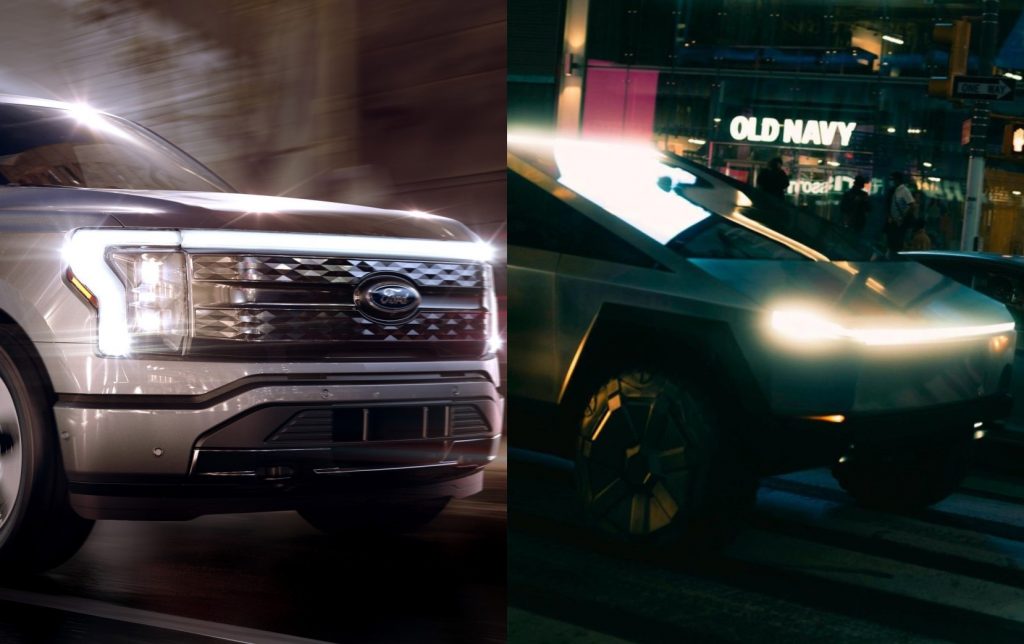
Looks May Not Matter As Much
One has to get this point out of the way. Trucks are tough vehicles that are widely expected to handle the worst that the elements can offer. The Cybertruck could definitely be described as ugly, but it’s just like other pickups in the market in the way that it’s not necessarily competing with exotic supercars in the looks department. Elon Musk may have a point when he noted that pickups have generally looked the same over the decades, and it might be time for something new.
The Cybertruck is designed to weather the worst that the elements can offer, and with its thick stainless steel exoskeleton and tank-like appearance, it definitely ticks off the boxes in the toughness department. With this in mind, reasons like “but it looks so weird” and “I’m not comfortable with its looks” almost sound pretty lame. Even businesses that operate fleets of pickup trucks would probably prefer a vehicle that’s superior in specs and price, after all, even if its looks leave some to be desired.
Besides, different does not necessarily mean that something will be a flop. Just look at the Nissan Juke. No one can deny that it looks extremely weird, but it has sold over 1 million units in the first decade of its production. Why was this so? Because it’s a dang fun car and it’s quirky, and it does crossover things in a very good crossover way. It’s fairly reliable, sturdy, and cheap to maintain. Other drivers on the road would be hard-pressed to ignore it too, for better or for worse.
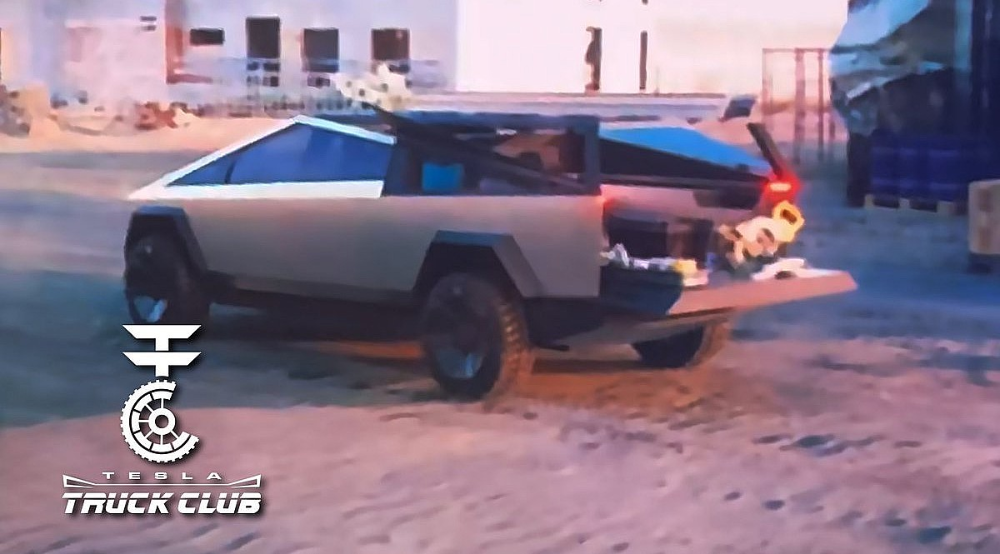
An iPhone Lesson
A pretty popular anecdote in the mobile phone industry involves the first-generation iPhone and how it was received by critics. Back then, the term “smartphone” generally referred to a fairly large handheld device with a full physical keyboard and some email capabilities. Then came a block of glass with an onscreen keyboard that offers no tactile feedback when typing. This attracted its own fair share of skeptics, many of whom felt like the device was just too strange to be a serious threat to the mobile phone giants at the time, such as Nokia and Blackberry.
Just check out this section from a 2007 review from TechCrunch, which was skeptical of the iPhone’s keyboard. “That virtual keyboard will be about as useful for tapping out emails and text messages as a rotary phone. Don’t be surprised if a sizable contingent of iPhone buyers express some remorse at ditching their BlackBerry when they spend an extra hour each day pumping out emails on the road,” the publication wrote.
So can the Cybertruck be a flop? It may, though unofficial trackers estimate that over 1 million reservations for the vehicle have been filed to date. But even if the vehicle does turn off many buyers such as die-hard truck guys who swear by their F-150s’ looks, the fact remains that the Cybertruck does not need the support of avid truck aficionados to be successful. It just has to show the world that it is a viable product with superior specs and durability at a reasonable price point. If it accomplishes this, then the Cybertruck would likely be fine.
Don’t hesitate to contact us with news tips. Just send a message to tips@teslarati.com to give us a heads up.

News
Tesla dispels reports of ‘sales suspension’ in California
“This was a “consumer protection” order about the use of the term “Autopilot” in a case where not one single customer came forward to say there’s a problem.
Sales in California will continue uninterrupted.”

Tesla has dispelled reports that it is facing a thirty-day sales suspension in California after the state’s Department of Motor Vehicles (DMV) issued a penalty to the company after a judge ruled it “misled consumers about its driver-assistance technology.”
On Tuesday, Bloomberg reported that the California DMV was planning to adopt the penalty but decided to put it on ice for ninety days, giving Tesla an opportunity to “come into compliance.”
Tesla enters interesting situation with Full Self-Driving in California
Tesla responded to the report on Tuesday evening, after it came out, stating that this was a “consumer protection” order that was brought up over its use of the term “Autopilot.”
The company said “not one single customer came forward to say there’s a problem,” yet a judge and the DMV determined it was, so they want to apply the penalty if Tesla doesn’t oblige.
However, Tesla said that its sales operations in California “will continue uninterrupted.”
It confirmed this in an X post on Tuesday night:
This was a “consumer protection” order about the use of the term “Autopilot” in a case where not one single customer came forward to say there’s a problem.
Sales in California will continue uninterrupted.
— Tesla North America (@tesla_na) December 17, 2025
The report and the decision by the DMV and Judge involved sparked outrage from the Tesla community, who stated that it should do its best to get out of California.
One X post said California “didn’t deserve” what Tesla had done for it in terms of employment, engineering, and innovation.
Tesla has used Autopilot and Full Self-Driving for years, but it did add the term “(Supervised)” to the end of the FSD suite earlier this year, potentially aiming to protect itself from instances like this one.
This is the first primary dispute over the terminology of Full Self-Driving, but it has undergone some scrutiny at the federal level, as some government officials have claimed the suite has “deceptive” naming. Previous Transportation Secretary Pete Buttigieg was vocally critical of the use of the name “Full Self-Driving,” as well as “Autopilot.”
News
New EV tax credit rule could impact many EV buyers
We confirmed with a Tesla Sales Advisor that any current orders that have the $7,500 tax credit applied to them must be completed by December 31, meaning delivery must take place by that date. However, it is unclear at this point whether someone could still claim the credit when filing their tax returns for 2025 as long as the order reflects an order date before September 30.
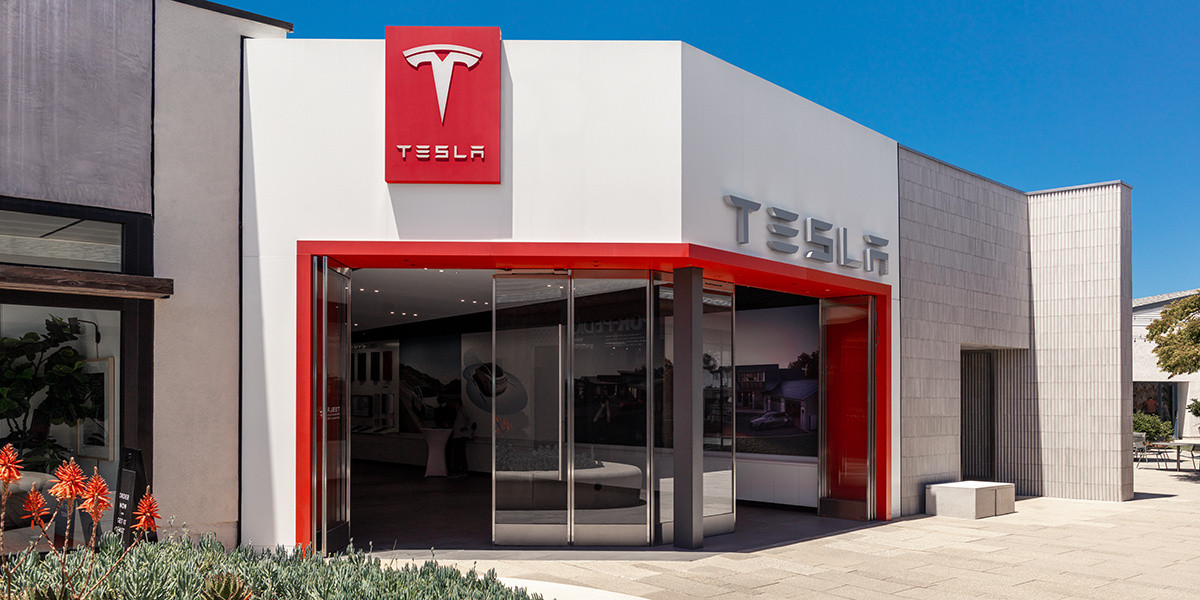
Tesla owners could be impacted by a new EV tax credit rule, which seems to be a new hoop to jump through for those who benefited from the “extension,” which allowed orderers to take delivery after the loss of the $7,500 discount.
After the Trump Administration initiated the phase-out of the $7,500 EV tax credit, many were happy to see the rules had been changed slightly, as deliveries could occur after the September 30 cutoff as long as orders were placed before the end of that month.
However, there appears to be a new threshold that EV buyers will have to go through, and it will impact their ability to get the credit, at least at the Point of Sale, for now.
Delivery must be completed by the end of the year, and buyers must take possession of the car by December 31, 2025, or they will lose the tax credit. The U.S. government will be closing the tax credit portal, which allows people to claim the credit at the Point of Sale.
🚨UPDATE: $7,500 Tax Credit Portal “Closes By End of Year”.
This is bad news for pending Tesla buyers (MYP) looking to lock in the $7,500 Tax Credit.
“it looks like the portal closes by end of the year so there be no way for us to guarantee the funds however, we will try our… pic.twitter.com/LnWiaXL30k
— DennisCW | wen my L (@DennisCW_) December 15, 2025
We confirmed with a Tesla Sales Advisor that any current orders that have the $7,500 tax credit applied to them must be completed by December 31, meaning delivery must take place by that date.
However, it is unclear at this point whether someone could still claim the credit when filing their tax returns for 2025 as long as the order reflects an order date before September 30.
If not, the order can still go through, but the buyer will not be able to claim the tax credit, meaning they will pay full price for the vehicle.
This puts some buyers in a strange limbo, especially if they placed an order for the Model Y Performance. Some deliveries have already taken place, and some are scheduled before the end of the month, but many others are not expecting deliveries until January.
Elon Musk
Elon Musk takes latest barb at Bill Gates over Tesla short position
Bill Gates placed a massive short bet against Tesla of ~1% of our total shares, which might have cost him over $10B by now

Elon Musk took his latest barb at former Microsoft CEO Bill Gates over his short position against the company, which the two have had some tensions over for a number of years.
Gates admitted to Musk several years ago through a text message that he still held a short position against his sustainable car and energy company. Ironically, Gates had contacted Musk to explore philanthropic opportunities.
Elon Musk explains Bill Gates beef: He ‘placed a massive bet on Tesla dying’
Musk said he could not take the request seriously, especially as Gates was hoping to make money on the downfall of the one company taking EVs seriously.
The Tesla frontman has continued to take shots at Gates over the years from time to time, but the latest comment came as Musk’s net worth swelled to over $600 billion. He became the first person ever to reach that threshold earlier this week, when Tesla shares increased due to Robotaxi testing without any occupants.
Musk refreshed everyone’s memory with the recent post, stating that if Gates still has his short position against Tesla, he would have lost over $10 billion by now:
Bill Gates placed a massive short bet against Tesla of ~1% of our total shares, which might have cost him over $10B by now
— Elon Musk (@elonmusk) December 17, 2025
Just a month ago, in mid-November, Musk issued his final warning to Gates over the short position, speculating whether the former Microsoft frontman had still held the bet against Tesla.
“If Gates hasn’t fully closed out the crazy short position he has held against Tesla for ~8 years, he had better do so soon,” Musk said. This came in response to The Gates Foundation dumping 65 percent of its Microsoft position.
Tesla CEO Elon Musk sends final warning to Bill Gates over short position
Musk’s involvement in the U.S. government also drew criticism from Gates, as he said that the reductions proposed by DOGE against U.S.A.I.D. were “stunning” and could cause “millions of additional deaths of kids.”
“Gates is a huge liar,” Musk responded.
It is not known whether Gates still holds his Tesla short position.








